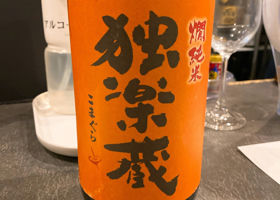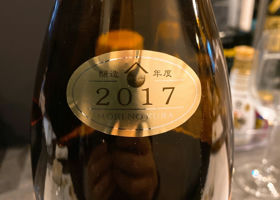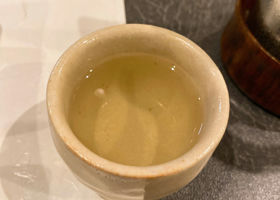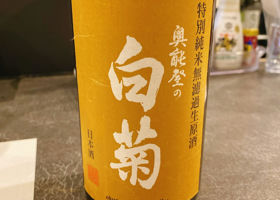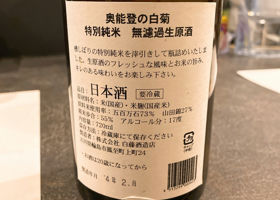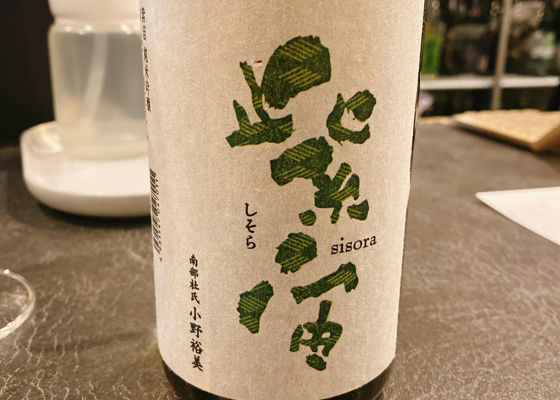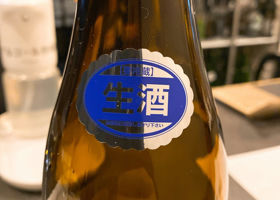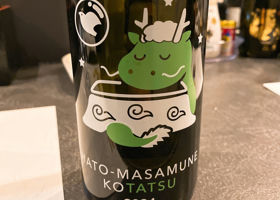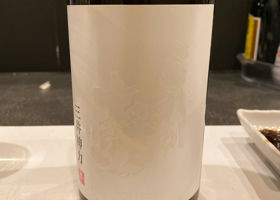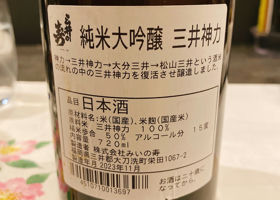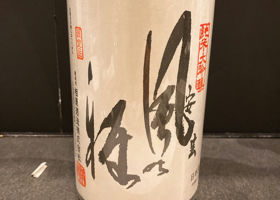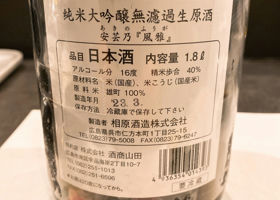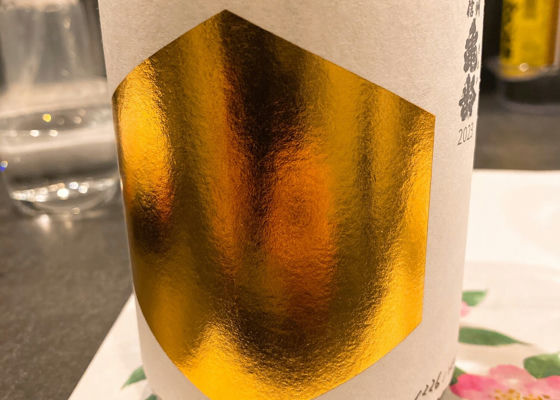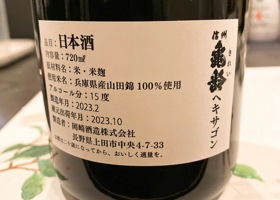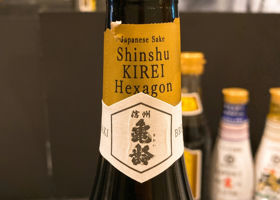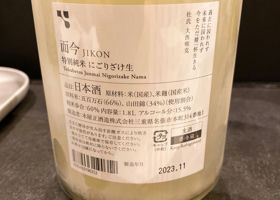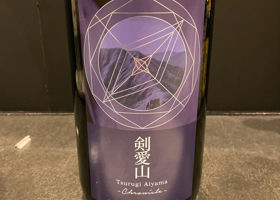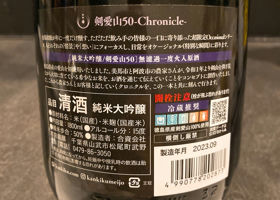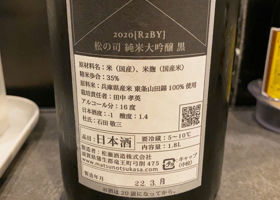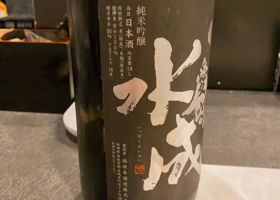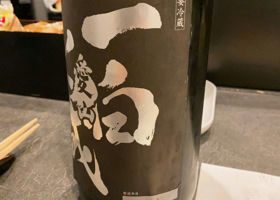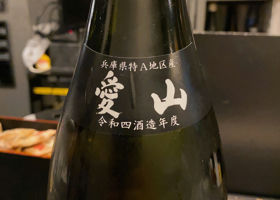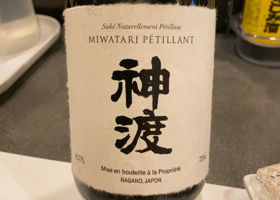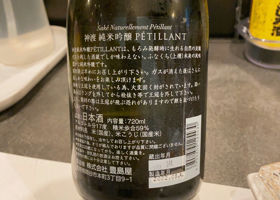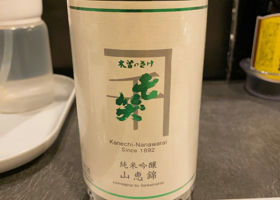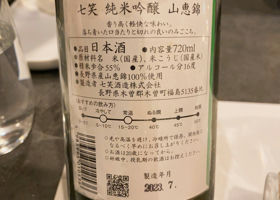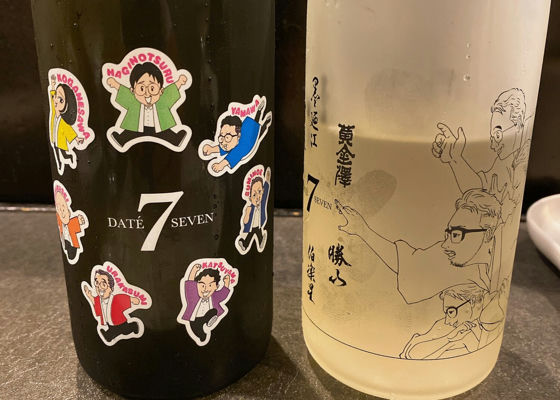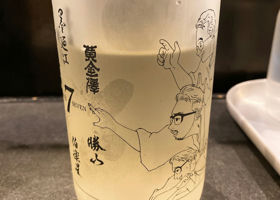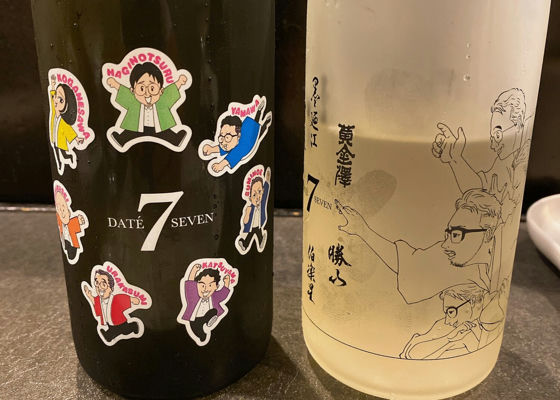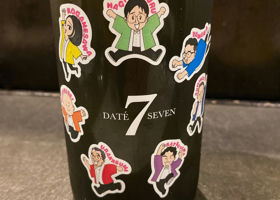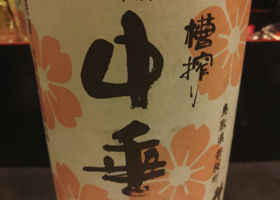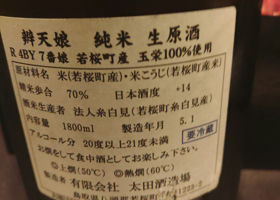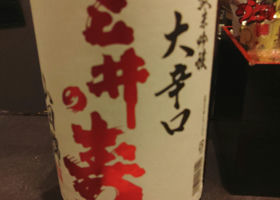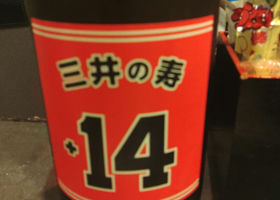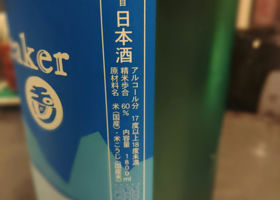Timeline
やす☆The sweet and tasty Muscat-like sweetness that is typical of Omine is impressive. やす☆2017BY in warmed water.
It was hard to discern the color of the sake cup, but it was slightly yellow? The warmed sake was mellow but also sharp. It has a sense of maturity, but it is surprisingly subdued. やす☆A small support for the disaster area.
Slightly alcoholic aroma. It has a slightly thickened, firm, and unpasteurized sake flavor. As the temperature rises, the mild, candy-like sweetness increases. It may be good warmed up. WOMYasu⭐︎. Nice to meet you & thanks for the Noto sake. Mr. Shirafuji, I know it will be difficult to make sake this season, but I will be back, and until then, I hope you will support sake. Thank you for your continued support. やす☆WOM, nice to meet you. I understand that the situation at the warehouses in the affected areas is still very serious, and I wish for the return to normalcy as soon as possible. やす☆Moderate aroma. It has a slightly fresh, clear, muscat-like fruitiness that is typical of Gohyakumangoku. やす☆Fruity apple aroma. Slightly fresh, clear and soft with an apple-like sweetness. やす☆The master gave us a little as a service.
It is beautiful and has a moderate umami flavor. It is pure Dai, but it is not flashy and has an umakuchi type flavor. やす☆Pear-like aroma. It is clear, soft, and has a flamboyant melon-like sweetness and flavor, giving the impression of being a bit tiring to drink. やす☆Mild aroma. Very clear, melon-like sweetness with no sharpness at all. The taste is as expected. やす☆The first sip is served. It has a moderate freshness and a soft milky nigori taste. It has a good balance of sweetness, umami, bitterness, and acidity, and has a nice sharpness. This year, too, it is excellent. やす☆Gorgeous fruity aroma. It has a very clear and refreshing sweet flavor. It is sweet but not too flashy, and the calmness of the once-hot sake and the deep flavor of Aizan can be felt, which is a taste that I like. やす☆It was bottled in March 2022, so it has been in the brewery for a year and in the store for a year.
It has a clear, glossy, moderate umami flavor that is typical of a 35% polished sake, and has a calm taste. We prefer it at room temperature. やす☆This is this year's sake.
It has a clear, soft, juicy, sweet and delicious taste, with a depth that is typical of Aizan. It has a similar impression to the Kamidori we drank just before, but it is a little lighter, which is typical of Isshaku-Suisei, or maybe it is the difference in polish?
Although it is fire-aged, it also feels a little fresh. やす☆First Kamito. 2021BY, apparently still in stock from when they were unable to operate in Corona.
It is clear, but has a deeper sweetness and umami than Nanasho, also from Nagano, which I drank just before. It is a little matured, but not twisted, and has a good amount of umami. やす☆The first seven laughs.
It is clear, light, and soft on the palate. It has a slight sweet flavor, but the sweetness is moderate. やす☆The crisp, lemon-like acidity is impressive and crisp. やす☆DATE SEVEN drinking comparison. Next, Yamawa style.
This one is more refreshing and light with a nice sharpness. やす☆DATE SEVEN comparison. First, Hagi no Tsuru style.
It is soft and has a beautiful sweetness that is typical of junodai, but it also disappears quickly. We prefer this one in terms of balance. ふかきよIt has a very strong alcohol content of 21%, and the aroma is also alcoholic, with a very strong dry feeling. I felt a slight sweetness from the rice, but the aftertaste was more bitter than acidic. ふかきよIt is a dry adult saké with a slight sourness and bitterness that is refreshing. It may be a sake for a select group of people. ふかきよI had it on the rocks. It has a strong sweetness from the rice, but the subtle sourness and bitterness give it a refreshing aftertaste, and I thought it would be a good summer sake with a cool, refreshing feeling. It is easy to drink. RecommendedContentsSectionView.title




